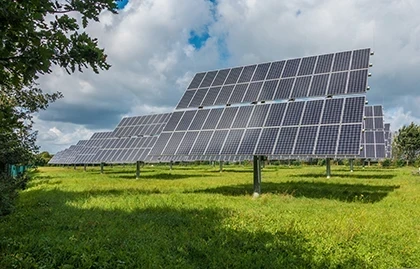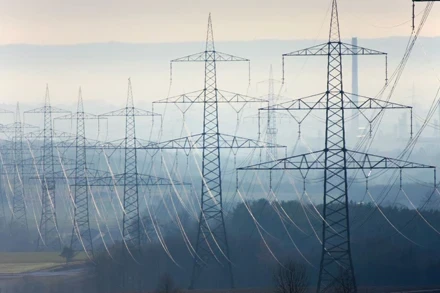BLM's Western Solar Plan

The Bureau of Land Management (BLM) has unveiled a pivotal Environmental Impact Statement (EIS) for its Western Solar Plan, a strategy designed to significantly boost solar energy development across the American West. This ambitious initiative aims to streamline solar project approvals and foster a more sustainable energy future, balancing environmental conservation with the urgent need for renewable energy.
The Western Solar Plan focuses on a vast expanse of public lands managed by the BLM, covering approximately 700,000 acres across six Western states: Arizona, California, Colorado, Nevada, New Mexico, and Utah. This region has been identified as a prime location for solar energy production due to its high solar irradiance and relatively low land use conflicts.
Goals and Objectives
The primary goal of the Western Solar Plan is to expedite the deployment of solar energy infrastructure while minimizing environmental impacts. It seeks to achieve a 25 gigawatt (GW) capacity for solar energy on public lands by 2035. This target aligns with broader federal energy goals and supports President Biden's climate agenda, which aims to transition the U.S. to a more sustainable energy economy.
Key objectives of the plan include:
-
Designating Solar Energy Zones (SEZs): The EIS proposes the creation of several SEZs within the designated regions. These zones are areas where solar development will be prioritized, reducing bureaucratic hurdles and providing a more predictable regulatory environment for developers.
-
Mitigating Environmental Impacts: The plan incorporates comprehensive measures to protect wildlife, preserve habitats, and minimize land degradation. It emphasizes the need for careful site selection and employs advanced technology to reduce the ecological footprint of solar installations.
-
Facilitating Collaboration: The Western Solar Plan encourages collaboration between federal agencies, state governments, tribal nations, and private stakeholders. This inclusive approach aims to address diverse interests and concerns, ensuring that solar development proceeds in harmony with local priorities.
Environmental and Economic Benefits
The BLM's plan promises significant environmental and economic benefits. By focusing on areas with high solar potential, the initiative is expected to accelerate the transition to renewable energy, reducing reliance on fossil fuels and curbing greenhouse gas emissions. This shift is crucial for mitigating climate change and enhancing energy security.
Economically, the Western Solar Plan is poised to create numerous job opportunities, from construction and maintenance roles to positions in research and development. Additionally, the increased solar capacity will contribute to lower energy costs and greater energy independence, benefiting both consumers and businesses.
Challenges and Considerations
Despite its advantages, the Western Solar Plan faces several challenges. One major concern is balancing solar development with the preservation of sensitive ecosystems and cultural sites. The BLM has committed to addressing these issues through rigorous environmental reviews and stakeholder engagement, but tensions between development and conservation will likely persist.
Another challenge is the need for robust infrastructure to support increased solar capacity. This includes enhancing transmission networks to efficiently deliver solar power from remote areas to urban centers. Coordinating these infrastructure upgrades with solar development will be crucial for realizing the plan's full potential.
Looking Ahead
As the BLM moves forward with the Western Solar Plan, its success will hinge on effective implementation and ongoing dialogue with all involved parties. The plan represents a significant step toward a more sustainable energy future, but its effectiveness will depend on addressing environmental, logistical, and regulatory challenges.
The public comment period for the EIS is an opportunity for stakeholders to provide feedback and shape the final plan. Engaging with this process will be essential for ensuring that the Western Solar Plan meets its goals while respecting environmental and community needs.
In summary, the BLM's Western Solar Plan is a forward-looking initiative designed to harness the solar energy potential of the American West. By prioritizing solar development in designated zones and implementing measures to mitigate environmental impacts, the plan aims to advance the nation's renewable energy goals while supporting economic growth. The path ahead will require careful management and collaboration, but the potential benefits make this a crucial endeavor in the transition to a cleaner, more sustainable energy future.









